|
A century ago, up to 12 million of the world's heaviest land mammals roamed the earth. Today, there are only about 500,000 elephants left. Despite a 1990 ban on international trade in ivory, and even if the demand for animal tusks has decreased over the last few years, these majestic animals are alarmingly close to extinction. In October 2019, our ‘HER Planet Earth’ all-female team, had the great privilege of trekking 100km with Samburu warriors in the Karisia Hills of Northern Kenya. The Samburu are nomadic pastoralists who have lived harmoniously with nature in this region of Kenya for centuries. Following patterns of rainfall in search of fresh pasture and water for their cattle, camels, goats and sheep, they have developed a special relationship with the environment and this has created a biocultural landscape that promotes both Samburu culture and biodiversity. During our week-long sojourn in this remote part of Kenya, we witnessed incredibly stunning landscapes and ever-changing sceneries, from dry deserts and rocky volcanic terrain, to lush green forests and meadows as we climbed higher in altitude to 2,550 metres above sea level. Travelling with a full safari train, made up of twenty-eight transport camels loaded with our tents and supplies, our team walked side by side with an armed Samburu escort composed of proud local warriors, trackers and rangers. Each day we covered about 18 to 20 kilometres on foot, leaving camp just as dawn broke, and arriving at our next campsite by early afternoon. Our Samburu guides kept us safe throughout, scanning the path ahead meticulously, constantly on the lookout for signs of wildlife or other visitors. They were attentive to every detail and looked after us with sincere and generous hospitality, which made all the difference. The objective of our trek was to increase awareness of the impact of climate change in this region and raise valuable funds for Conservation International and their programmes aimed at building the resiliency of the local people of Northern Kenya, and women in particular, who are the hardest hit by climate change. In Kenya, women are the natural custodians of the environment and the first to be affected by environmental degradation. This is because they are the ones who walk for hours looking for water, who fetch firewood and who provide food for their families. Our support, which culminated in a team total of S$145,000, was aimed at creating more livelihood opportunities for women in this area - focused on wildlife conservation. Elephants and Samburu Culture As we journeyed with the Samburu through their territory, we learnt a great deal about their love of nature and their deep respect for elephants especially. These beautiful mammals have influenced Samburu tribal culture since the dawn of time. Elephants create paths to water and break branches that can be used for firewood, two functions that benefit the Samburu people’s survival. As we soaked up the beauty of the region during our long days of walking, we came to hear about a local legend that tells the tale of elephants who once lived in homes and worked with the Samburu women, demonstrating that elephants are ancient relatives and therefore deserve love and respect. The Impact of Climate Change We soon also realised however, that the Samburu way of life is being severely threatened by the impact of climate change. Droughts are leading to conflicts, human and livestock displacement, animal diseases, and food insecurity. These nomadic herders frequently have to dig deep holes to find water for both themselves and their livestock. They call them ‘Singing Wells’ because they sing to their livestock as they dig, and the cows recognise their family’s song and come down to their well to drink. The difference between each family's song is usually clear but can be very subtle. At night, thirsty elephants seek out these wells. The adults, with great long trunks, have little problem reaching for the water, but the younger, inexperienced elephants can tumble in. If the animals can't be pulled out, the elephants are forced to abandon their young. Over twenty of these abandoned elephants now live at the nearby Reteti Elephant Sanctuary, the first community owned elephant reserve in Kenya. At Reteti, the baby elephants are being devotedly taken care of and bottle fed, until they are big enough and old enough to be re-introduced into the wild. It's a unique form of conservation, where the local Samburu people collectively own and manage the 3,400-acre property. As the largest of all land mammals, African elephants play an important role in balancing natural ecosystems and part of our team’s fundraising went to support this elephant sanctuary to help them grow and develop the programme, so as to employ more local women to care for these beautiful creatures. Female Empowerment & Eco-Livelihoods Additionally, our team’s efforts were focused on giving a voice and providing a platform for the development of sustainable enterprises and family livelihoods. The ripple effect will extend to education, health, family income and even security, peace and stability. Gender imbalance is a major factor obstructing sustainable development in Africa and poverty is a key element undermining a girl’s right to education; a cycle that reinforces a large gender gap. Many aspects combine to truncate a girl’s education and a young women’s career, limiting the full realisation of her productive capacities. On the other hand, educating a girl means that as a woman, she is then empowered and more likely to participate in development efforts and in political and economic decision-making. One of our beneficiaries is a Conservation International Fellow, Rufo Halakhe, whom we met during our visit. Rufo will use her fellowship to explore how women are affected by tribal clashes involving communities in her region and how women can be champions of peace through their existing cultural structures. Another very special lady we met during our trip is Josephine Ikuru, a community leader and the first female peace coordinator for the Northern Rangeland Trust, a partner of Conservation International. She’s been a champion for women’s rights in Northern Kenya since her teen years, defying gender norms to attend local meetings traditionally dominated by men. Josephine gained a passion for conservation through her efforts to reform poachers, working to end both the devastation of her beloved wildlife and the poverty that has given rise to it. By age 22, she was elected the Chairperson of the Nakuprat-Gotu Conservancy, bringing together rival tribes to curb poaching and conserve the native wildlife. Throughout her career, Josephine has successfully reformed dozens of poachers, helping convert several of them into conservationists and peace ambassadors. Anti-poaching Initiatives Our team spent a day with the Northern Rangelands Trust to better understand how our funds could help further develop their mobile anti-poaching unit. This group is comprised of highly trained men and women from the Kenyan National Police Reservists, who are tasked to protect the whole area. The rangers are extremely skilled in several disciplines, including physical training, first aid, weapons handling, navigation, legal briefing, and also work with a K9 task force, making them a unique influence for stability and safety in the community. Their efforts since their inception have contributed significantly to a reduction in the illegal killing of several endangered species in this part of Kenya. The local elephant population has bounced back as a result, from an all-time low, since the introduction of this team. The success and continuation of this ranger unit provides an example to other communities of what can be achieved with the right resources and training. Overall, our time in Kenya was a truly enriching and insightful experience. This magnificent country of epic landforms stirred in us deep longing for the rest of the African continent. And when you depart, as the plane lifts, you feel that more than leaving a continent, you are leaving a state of mind. Our hearts are full from the staggering beauty of the local people whom we came to know during our journey. They brought soul and colour to the earth. We will never forget the vast multicoloured grasslands peppered with immense herds of wildlife, which we traversed. As with many of our expeditions, it’s not so much about the destination but more about the journey itself. The conservation mission is difficult and urgent, and the odds are seemingly stacked against us. The path is rocky, steep, hard and dusty. At times we feel overwhelmed, it’s difficult to take just one more step forward, but then we see our teammates, who are just as thirsty and tired as us, and we know that we are not alone in this journey. Together, we lift each other up and it inspires us to keep going, because this pursuit is too important. We must never give up. By Guest Contributor Rachel Louise Carson was an American marine biologist, author and conservationist. She is recognised as one of the biggest and most vital conservationists in history as well as the mother of modern environmentalism. Her campaign revolved around challenging the use of man-made chemicals and her research eventually led to the complete ban of DDT and other pesticides nationwide. She was a naturalist and advocated for the use of organic methods by agricultural scientists. According to the National Women's Museum, the impact of the environmental movement that she embarked on led to the establishment of the U.S. Environmental Protection Agency (EPA). Early Life Rachel Louise Carson was born on May 27, 1907 in Springdale, Pennsylvania. She was raised on a 65-acre farm and spent her childhood years exploring the fields, falling in love with nature and writing about it. When she was 10, her first work was published in a children's magazine which was quite a feat. Growing up in such a natural environment instilled a major knowledge of nature and wildlife in her which then served as a drive that spurred her on to make all the moves that she made in defence of mother nature. According to Carson, "In every outthrust headland, in every curving beach, in every grain of sand, there is the story of the earth." She initially decided to pursue a career in writing, however, while still in college, she changed her major from English to Biology. In 1929, she graduated from the Pennsylvania College for Women (now Chatham College). She then proceeded to John Hopkins University, which was a very rare occurrence for women at the time, where she did some graduate work. She had her fellowship at the U.S. Marine Laboratory in Woods Hole, Massachusetts and taught at the Johns Hopkins summer school during the course of her post-graduate studies. She later went on to teach at the University of Maryland for five years. Her Works and Contribution to Science
After spending five years at the University of Maryland, Rachel Louise Carson got employment at the Bureau of Fisheries in 1935. One of her major responsibilities at first was to create a series of seven-minute radio programs devoted to talking about marine life. They were tagged "Romance Under the Waters." By 1936, she was regarded as one of the only two women who had employment at a professional level with the U.S. Fish and Wildlife Service Bureau and this was stated by the U.S. Fish & Wildlife Service itself. She worked here until 1952 and before she left, she had already been promoted to editor-in-chief of the service's publications. She also contributed her quota during World War II by studying and investigating undersea sounds to help the Navy in their quest for the detection of submarines. While doing her work for the government, she was responsible for writing a significant number of articles which were published by the Baltimore Sun. As a step in the right direction, she wrote her first book titled "Under the Sea-Wind," which was published in 1941. The theme was a scientific study on marine life but it was written in simple language so that it could be easily understood. According to Encyclopedia Britannica, she published her second book, "The Sea Around Us," in 1951 and it became an instant bestseller and brought her some fortune. Furthermore, remained on The New York Times' best-seller list for 81 weeks and won a National Book Award. It was also translated into 32 different languages. In 1955, she published her third book, "Under the Sea." Prior to this, Carson had spent the 1950s researching the effects of pesticides on the food chain across the United States and Europe. She was assisted by Clarence Cottam, a former employee of Fish and Wildlife Service as well as Shirley Briggs, who was an editor of an Audubon Naturalist Society magazine called Atlantic Naturalist at the time. It was this work that served as the basis of her book "Silent Spring" which was published by The New Yorker in 1962 as a serial and was said to have taken her a total of four years to write by the Natural Resources Defense Council. The book mainly focused on the negative, destructive effects of pesticides with a focus on the effects of DDT. Major takeaways from this book include the question she asked about whether humans had the right to control nature as well as the concept of Earth being able to only sustain pollution levels for a particular amount of time. Here's an excerpt from the book, "Silent Spring": "One of the most significant features of DDT and related chemicals is the way they are passed on from one organism to another through all the links of the food chain. Fields of alfalfa, say, are dusted with DDT; meal is later prepared from the alfalfa and fed to hens; the hens lay eggs that contain DDT. Or the hay, containing residues of from seven to eight parts per million, may be fed to cows. The DDT will turn up in the milk in the amount of about three parts per million, but in butter made from this milk, the concentration may run to sixty-five parts per million. During the process of transfer, what started out as a very small amount of DDT may end as a heavy concentration. The poison may be passed on from mother to offspring. The presence of insecticide residues in human milk has been established by the Food and Drug Administration scientists." She faced opposition from chemical companies that tried to discredit her and claimed she was a communist or simply hysterical. However, her message spread and she went on to earn a presidential commission for the book. Rachel Louise Carson died in 1964 after a prolonged battle with breast cancer but would forever be regarded as a hero. |
Details
AuthorChristine Amour-Levar Archives
December 2023
Categories
All
|
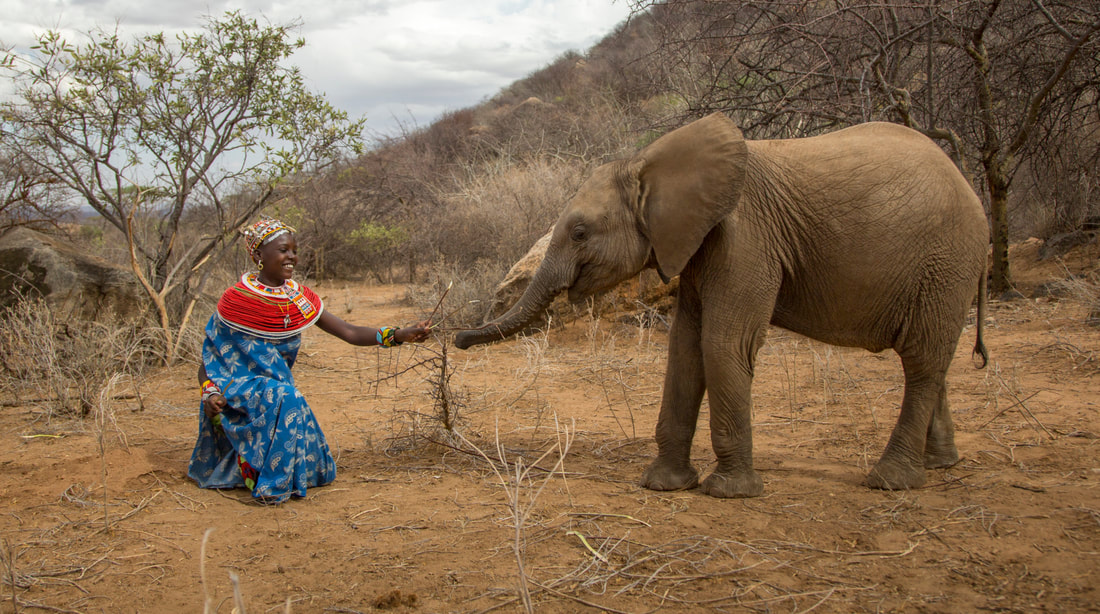
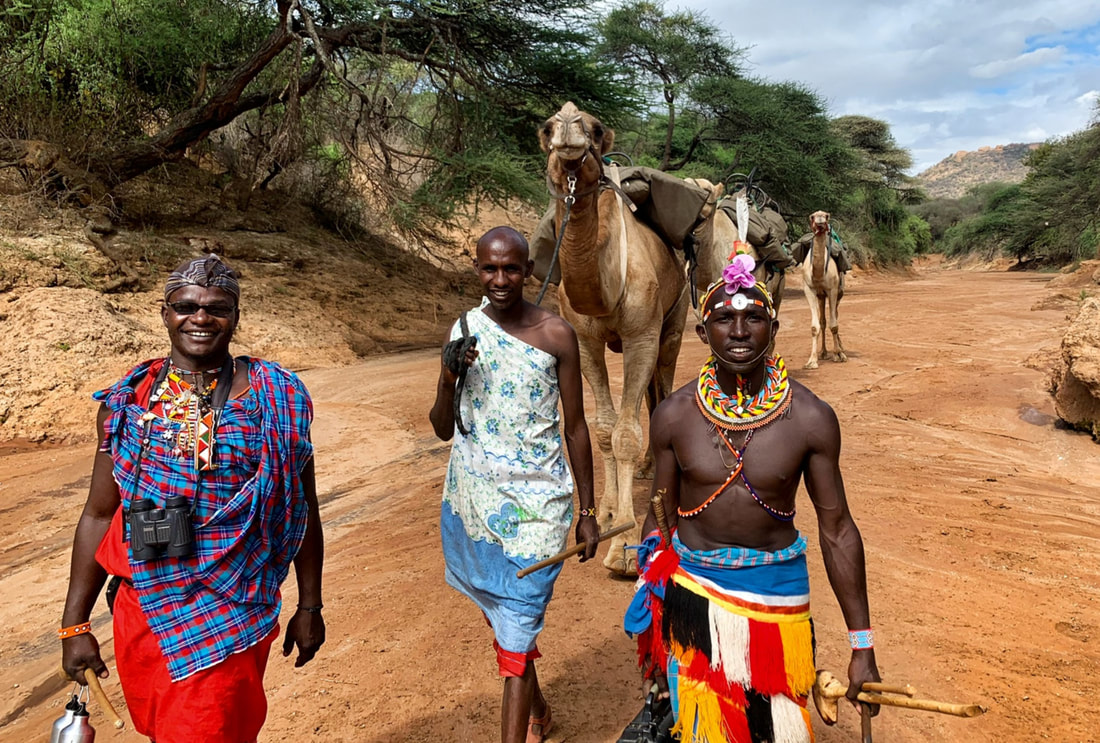
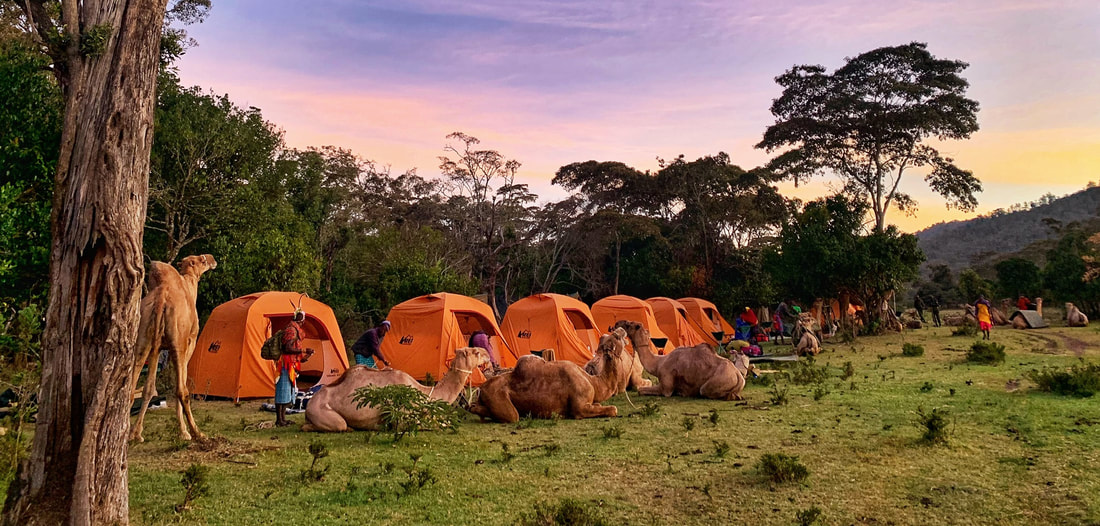
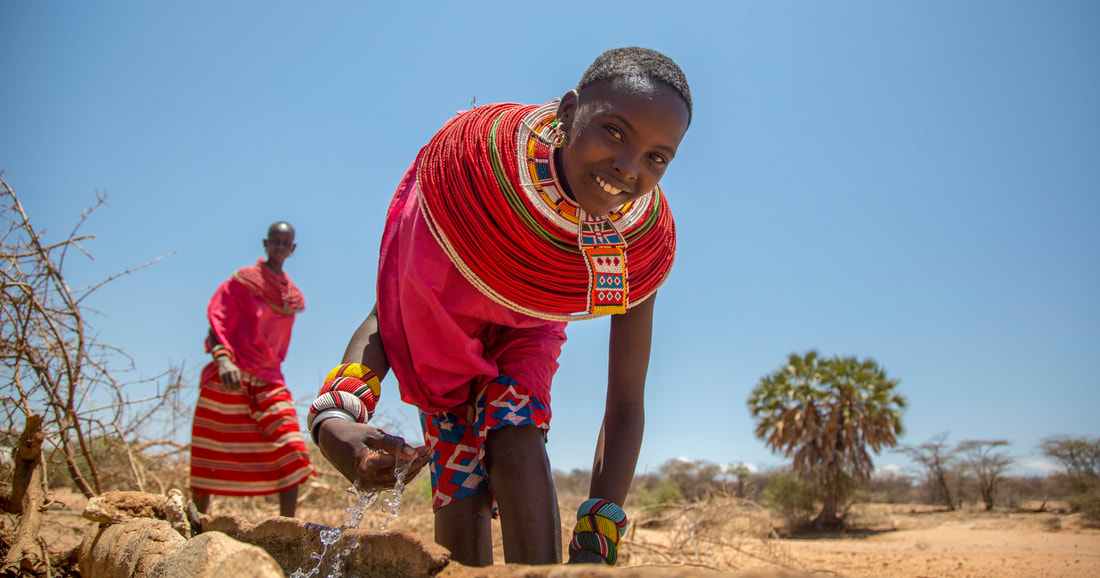
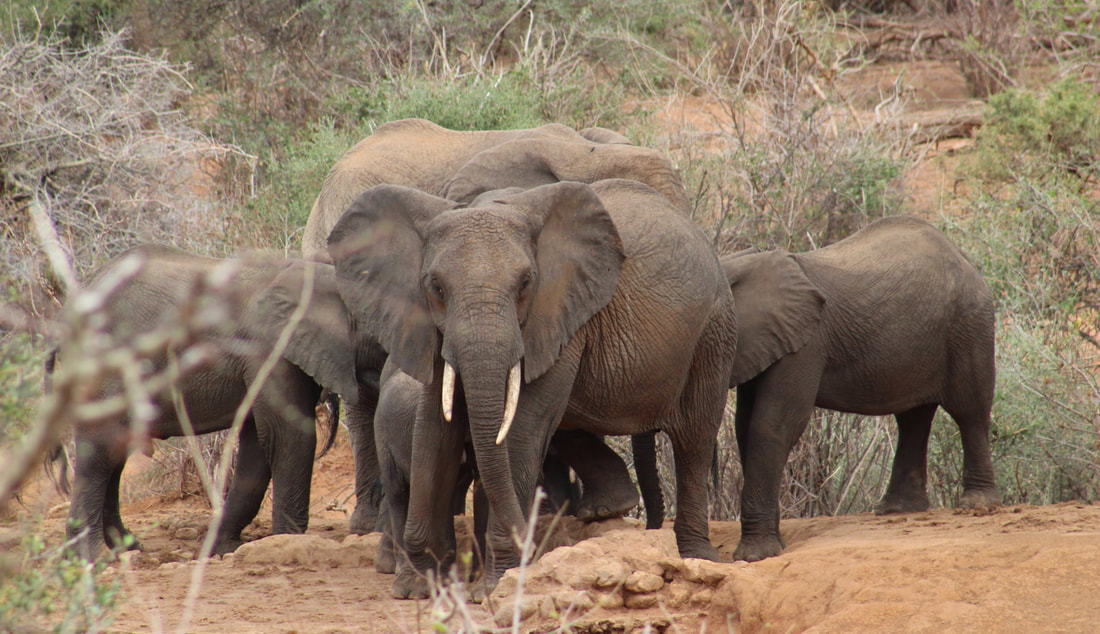
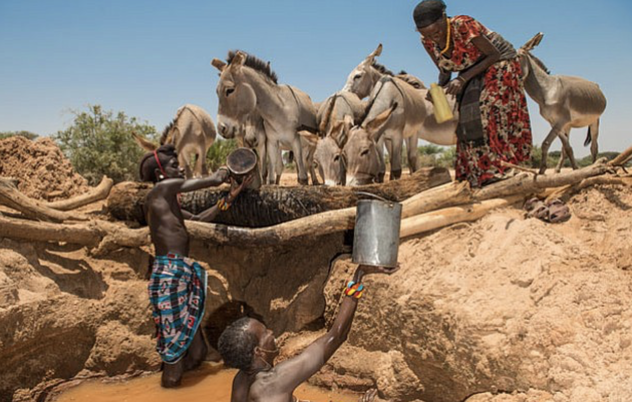
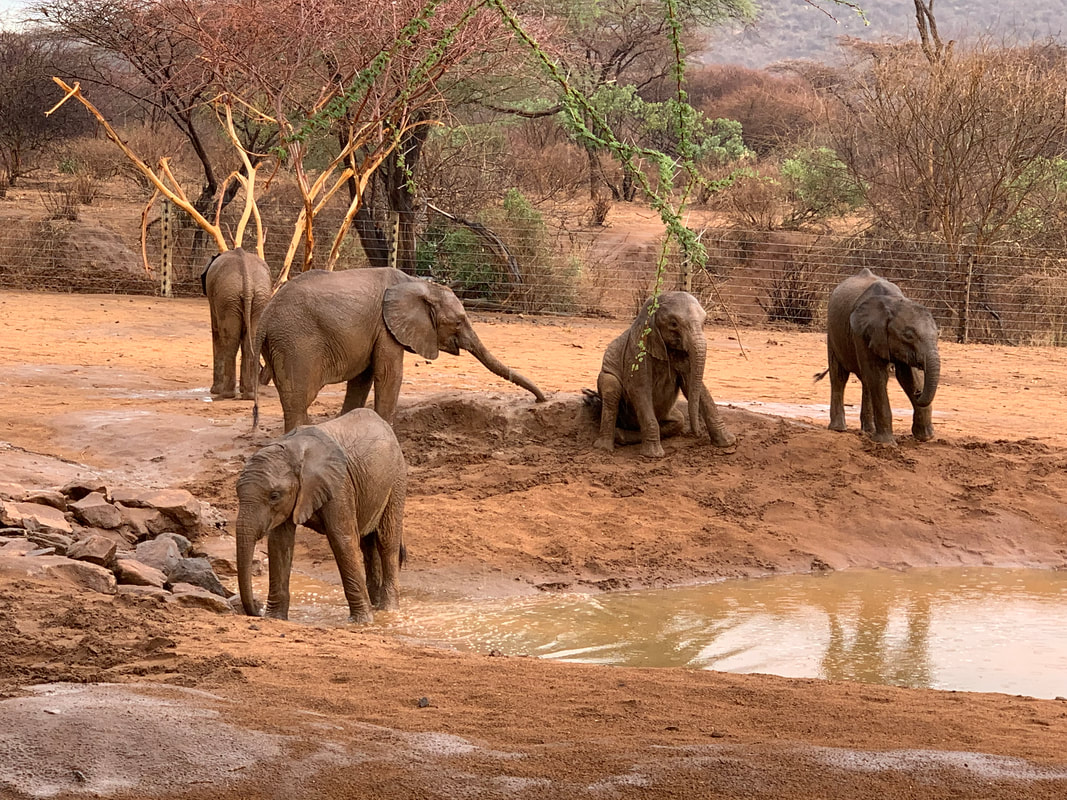
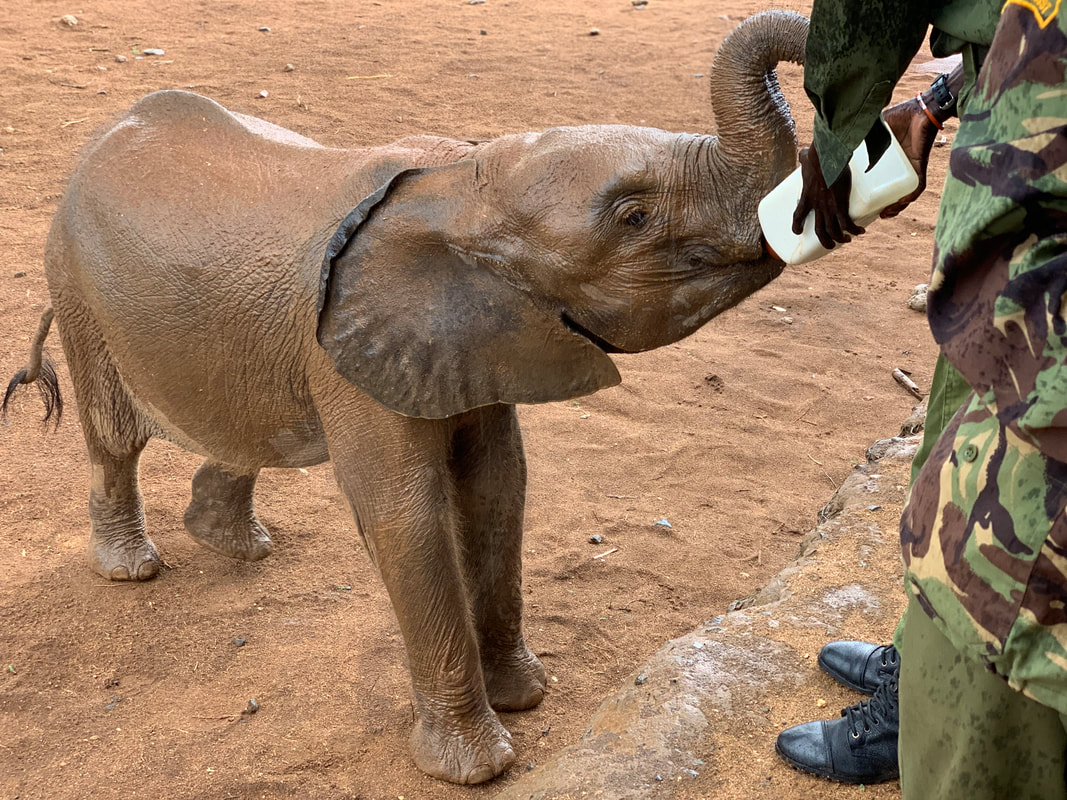
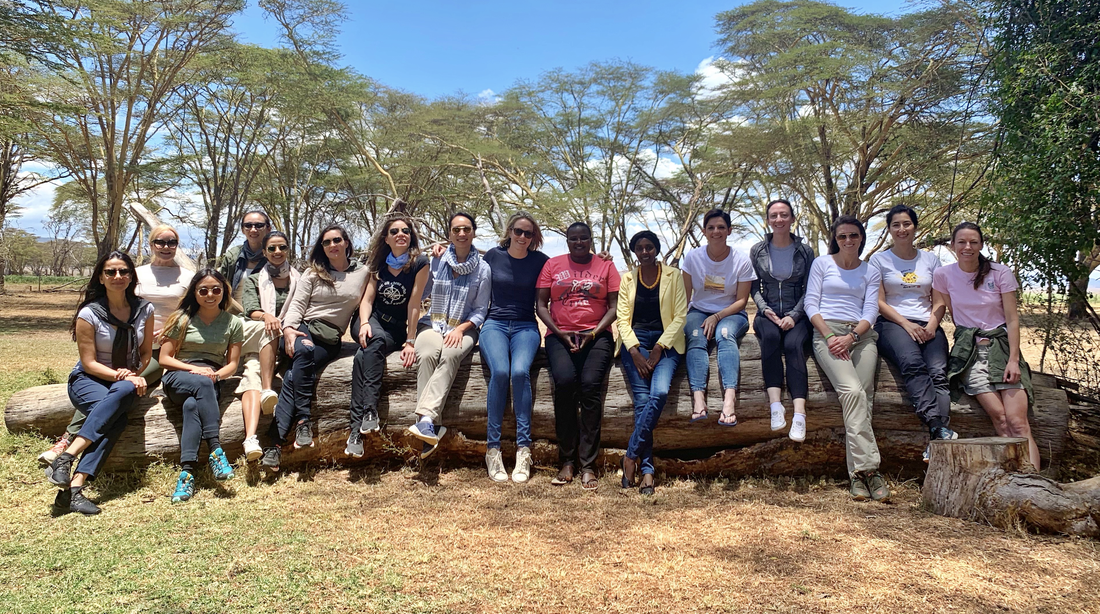
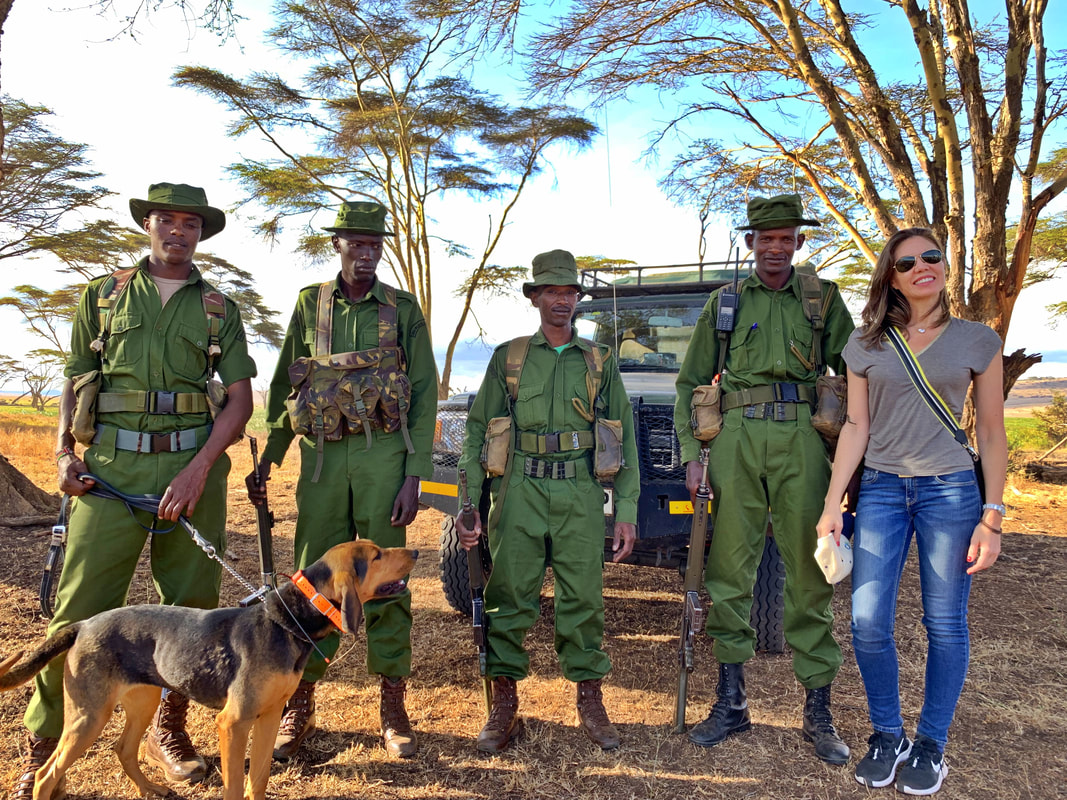
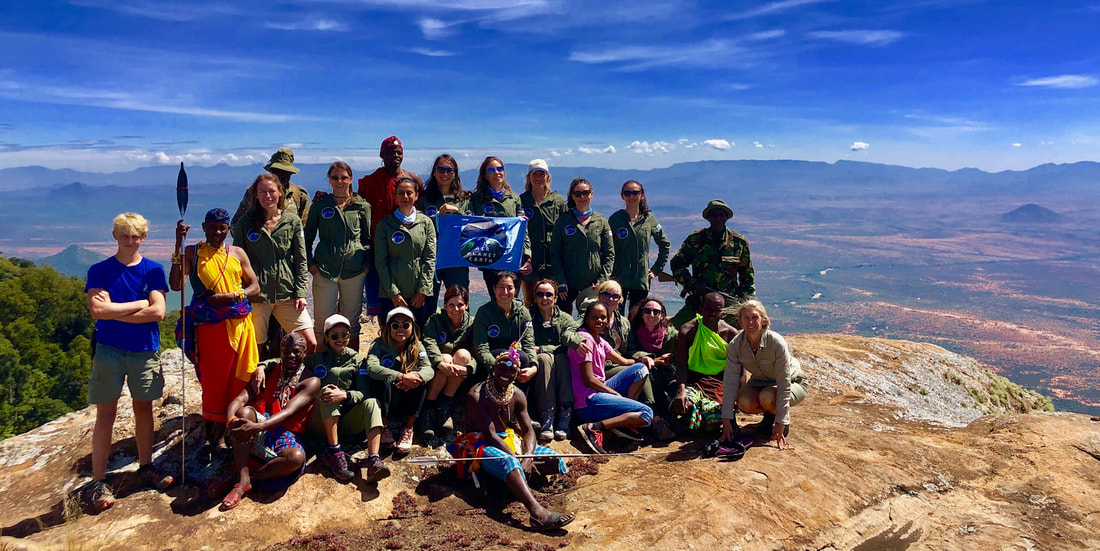
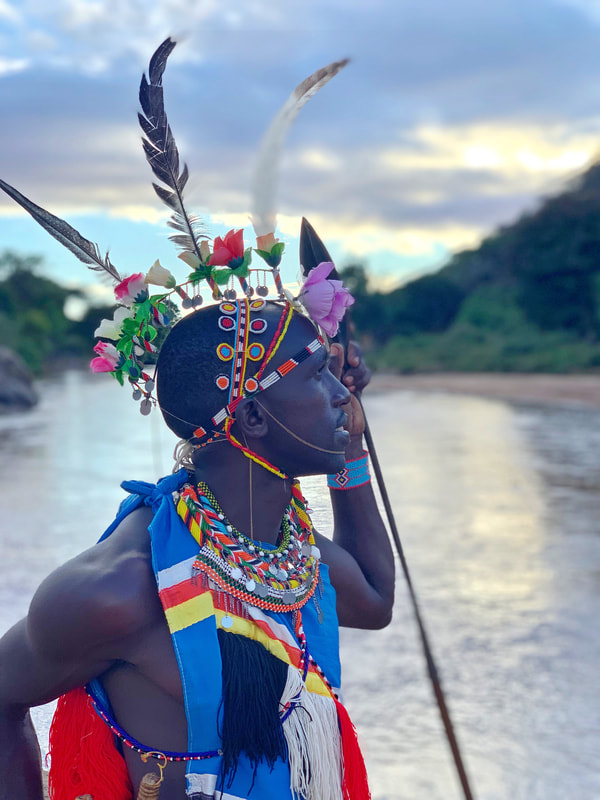
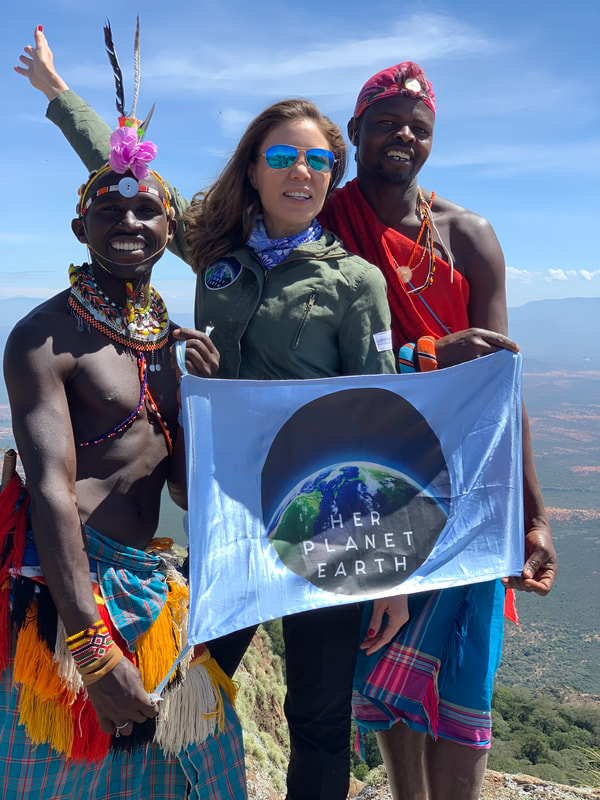
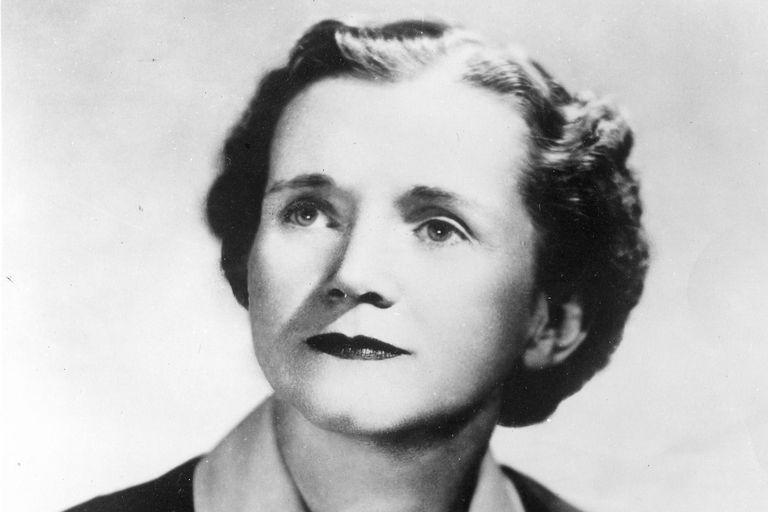
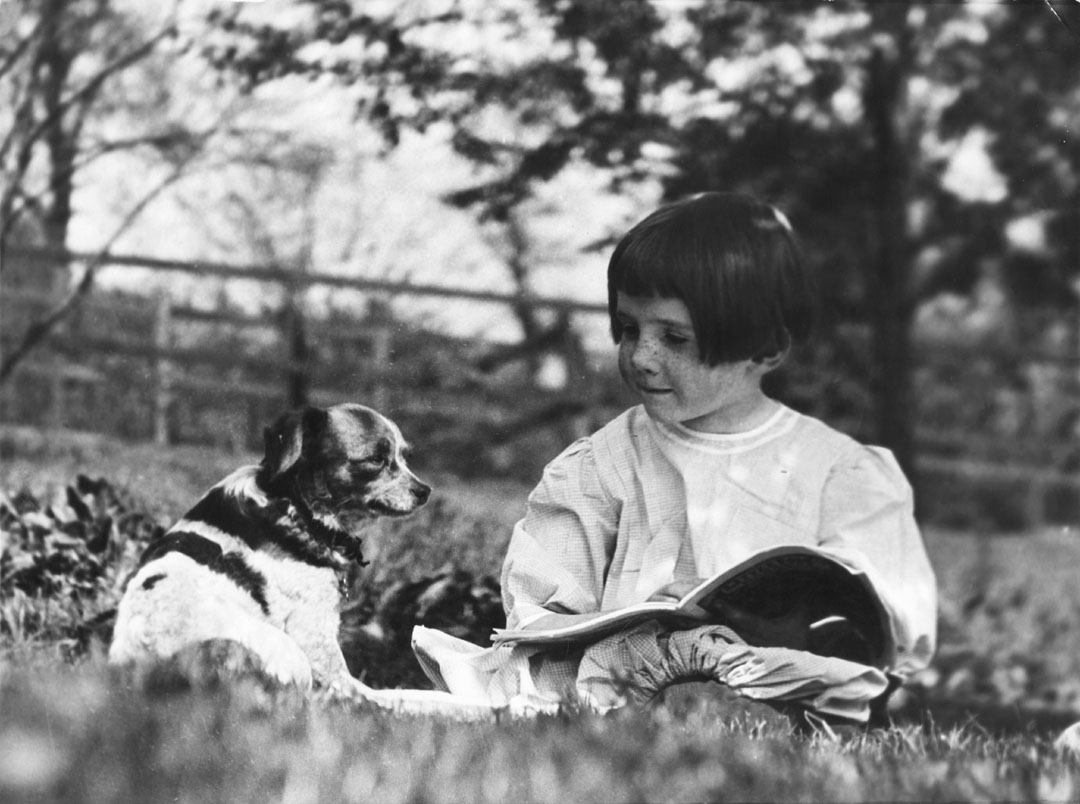
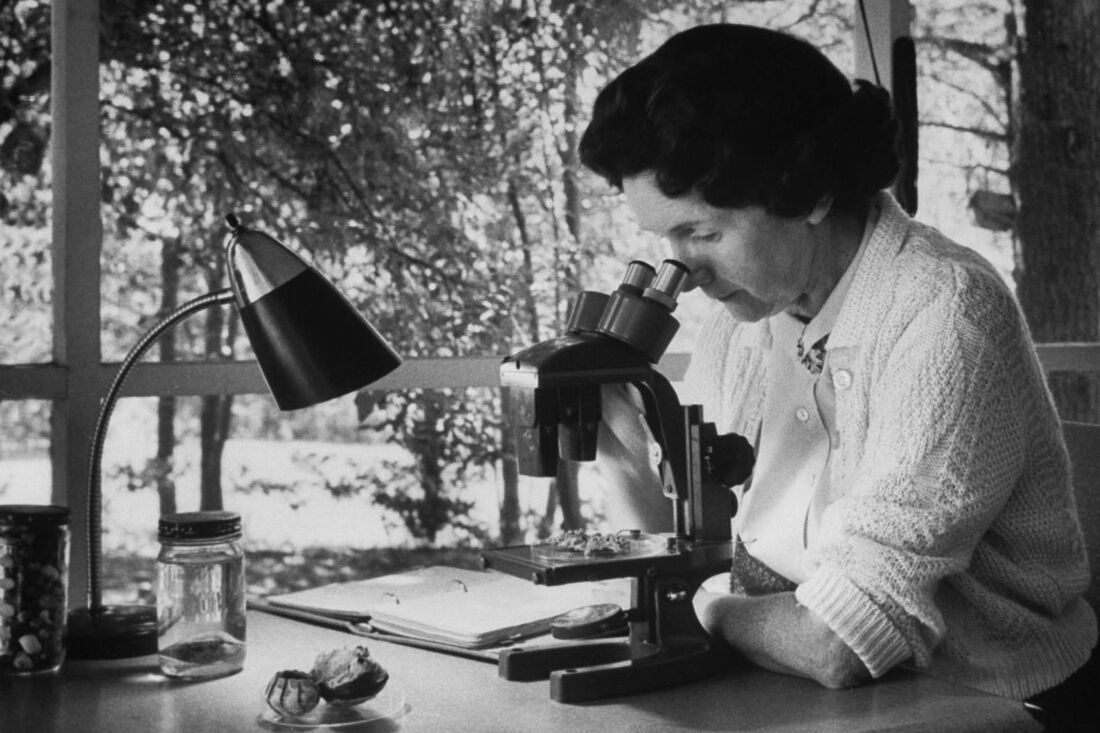
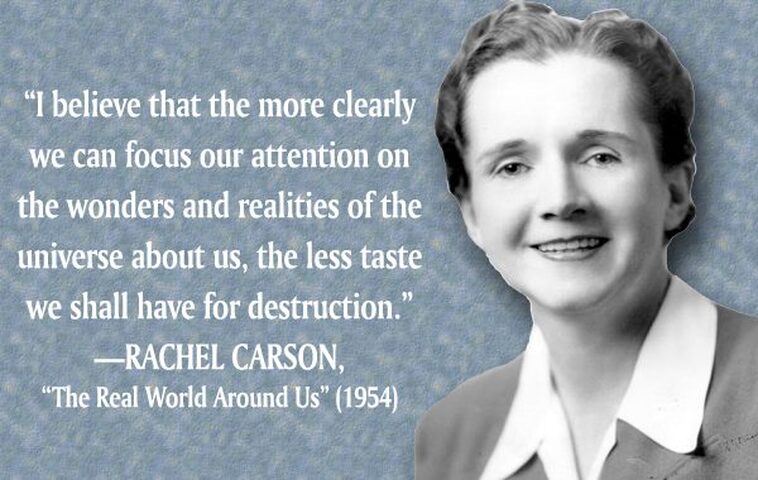
 RSS Feed
RSS Feed